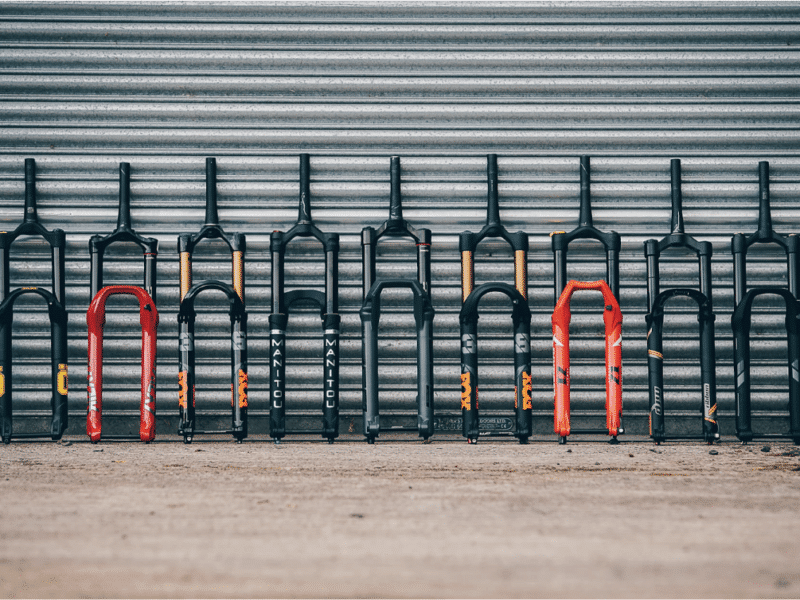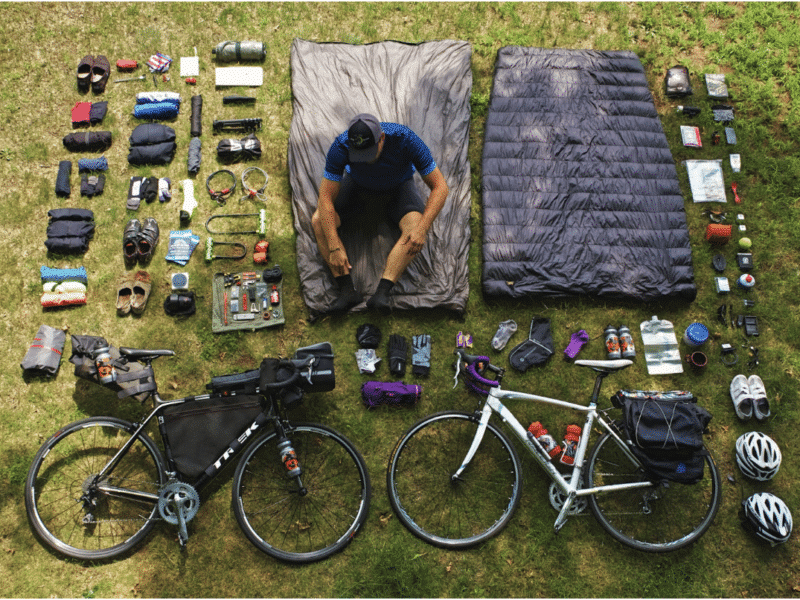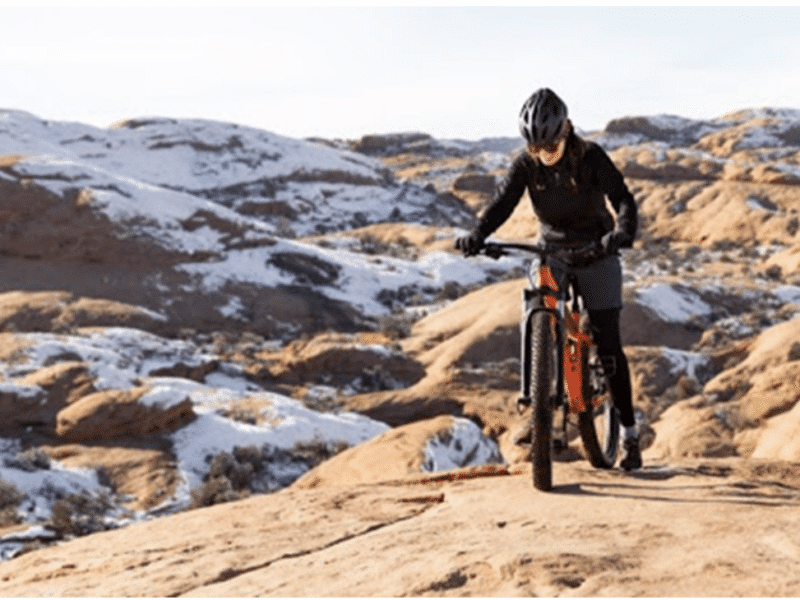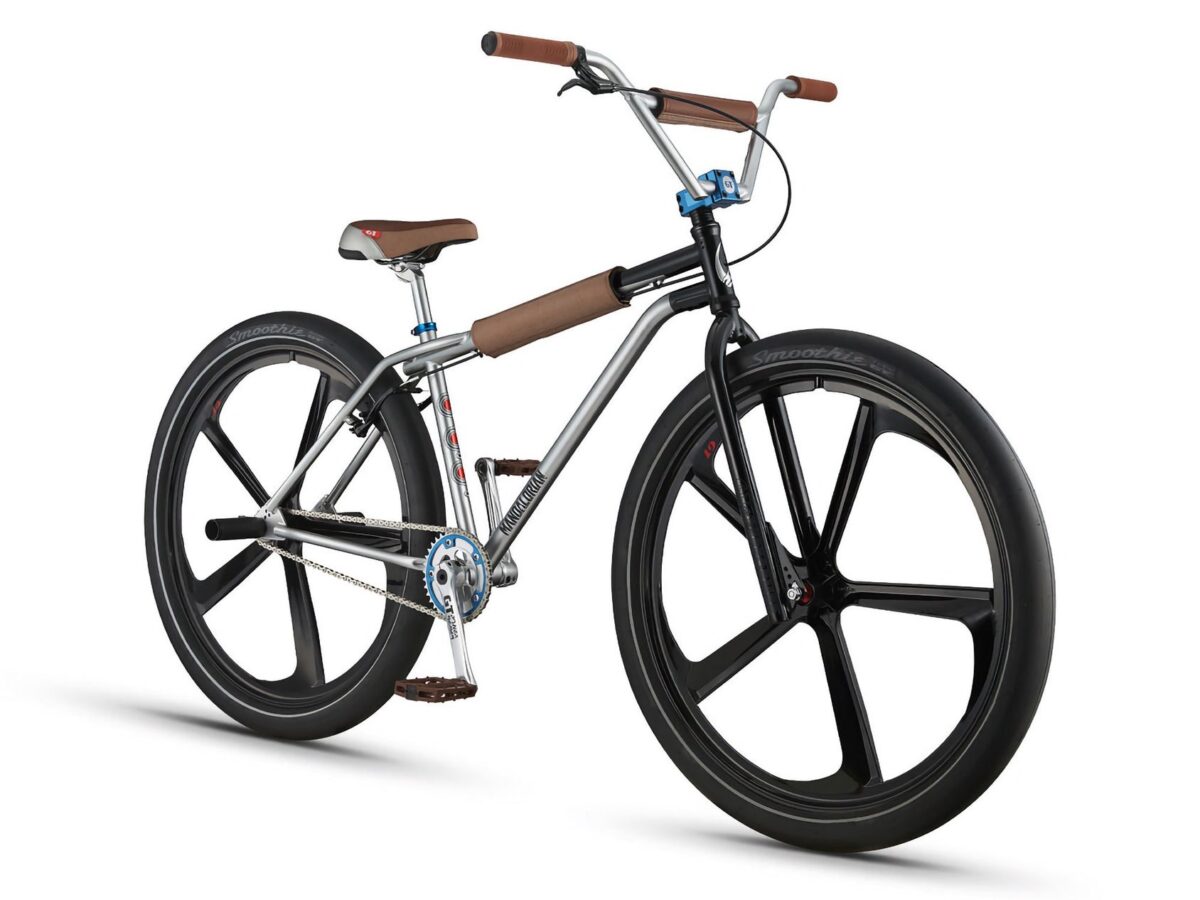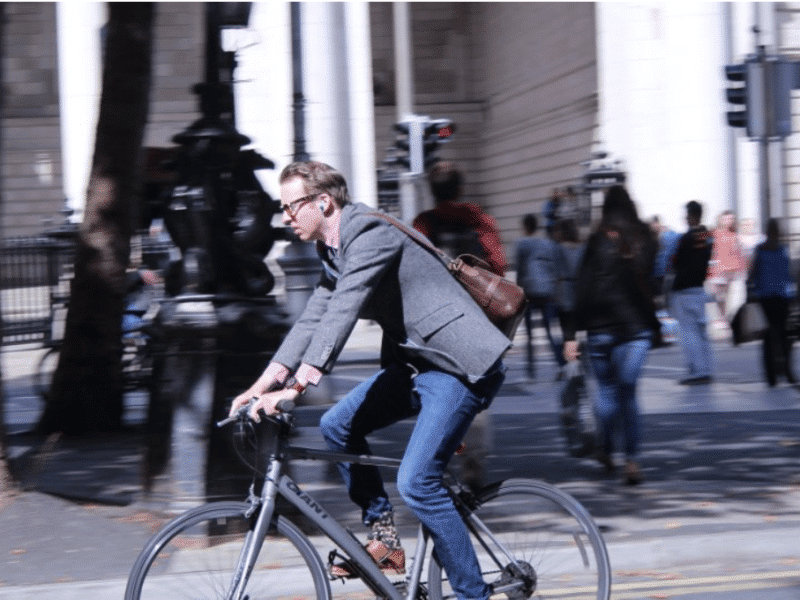Something that a lot of riders out there overlook or don’t see the point of is a professional bike fit, which is something that you can use to help you not only ride more efficiently but more comfortably as well.
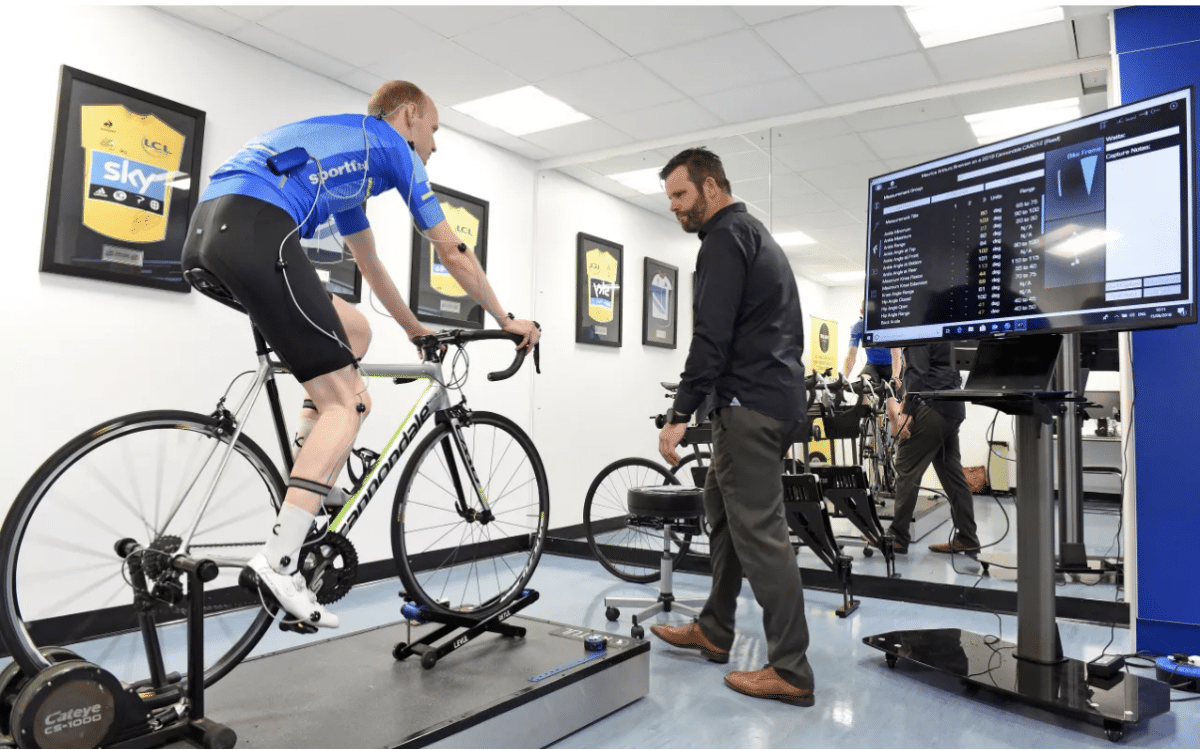
If you are a rider who has been riding for a while now or has even just begun then you have most probably gotten a few aches or pains now and again whilst you’re cycling or afterwards. Some of these pains or aches are sometimes unavoidable but if you can get a proper bike setup that is perfect for you and has been tailored to your size and shape then a lot of these aches and pains can be avoided and can even make you faster too.
When it comes to the world of bike fitting there are a lot of myths and misconceptions that people may have, so it is important to properly educate yourself on bike fits, why you need one, what’s involved and how much you can expect them to cost.
What exactly is a Bike Fit?

So, if you’re a rider then you can get something called a bike fit service, which is when a professional fitter will come and assess what your riding goals are, your history and your physical anatomy as well. Once they’ve done this they’ll then look at what kind of riding position you have on your bike as well as your pedalling dynamics. Then from here they’ll be able to change the way that your bike is set up in order to improve not only your pedalling efficiency but your overall comfort on your bike as well.
This whole process is normally done with help from tools such as an adjustable stationary bike, video capture and analysis software however you will still need the eye of an expert in order to identify potential problem areas. So, if you haven’t had experience with this in the past then it wouldn’t be a good idea to try and do it all yourself.
When it comes to adjustments made to the bike then quite often the only thing that needs to be adjusted is a setup like your saddle height and how far back it is sitting on its rails. However, a bike fitter could even suggest you change your saddle completely, to one that may suit your sitbone anatomy, or a different stem length or pedal system. This is definitely a very technical experience as the fitter could even go as far as to use a pressure pad, placed on your saddle, to get a better and more clear understanding as to how your weight is distributed whilst you are riding.
Should you invest in a bike fit?
The whole bike fitting process is becoming a lot more accepted as a part of the whole bike-buying experience as it is extremely important for you to get set up correctly so that you are firstly, as comfortable as can be on your ride and your pedalling is as efficient as it can be as well.
When you are out riding your bike, you’ll find yourself doing the same motion over and over again thousands of times, with your body sitting down on the saddle of your bike in quite a static position. This means that if you aren’t set up right on your bike then the risk of discomfort as well as injury is quite high, even though you may see cycling as quite a low-impact sport compared to other more extreme sports out there.
Another thing that you should remember about bike-fitting is that it isn’t a one-and-done thing. This is because as more time passes and your ride more, you may either start to become more or less flexible, which means that you will need to redo a bike fit every few years or so in order to make sure that your biking setup is perfect just for you. Other things that may have an effect on your bike fit as well may include injury, weight changes, or childbirth.
What happens when you do a bike fit?
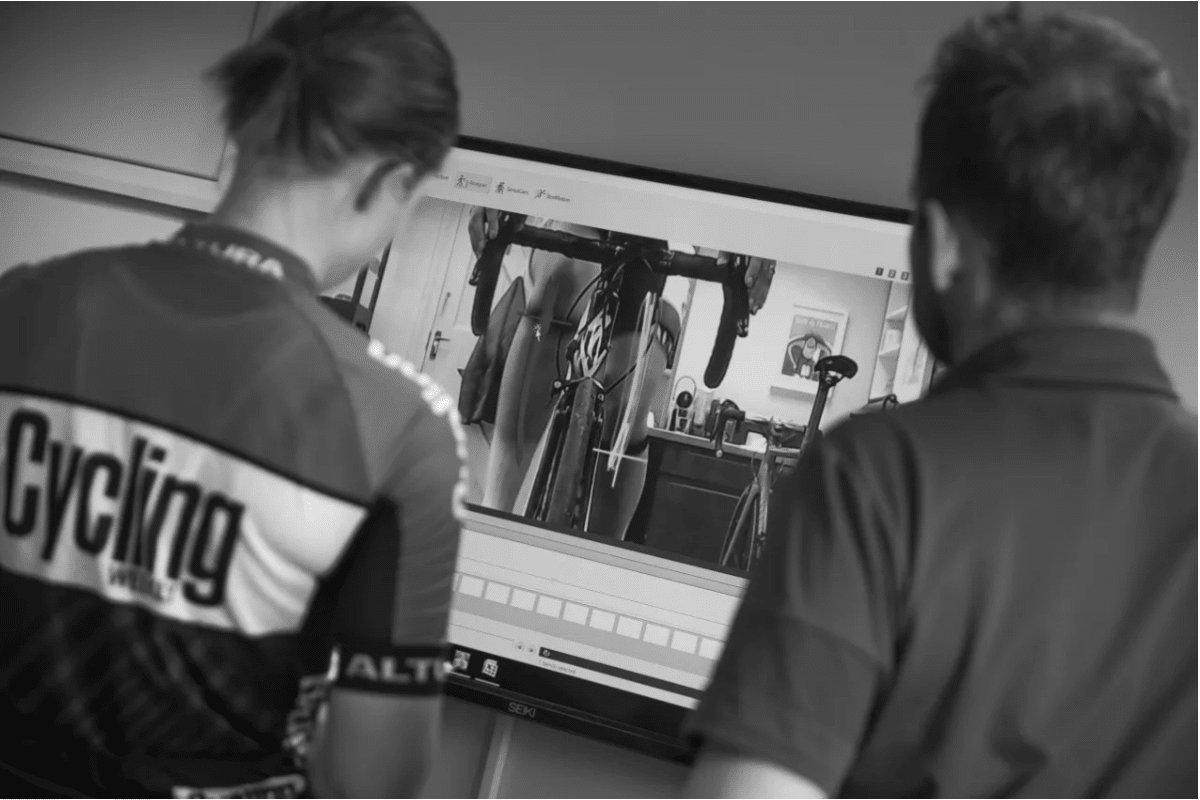
The first things that a bike fitter would start off by going through with you is what type of riding you are doing and intending on doing, how fit you are, how often you are riding and if you may have any specific issues with your cycling or general health that you may want to bring up. This whole process shouldn’t take too long and it is a good idea to know these things before you even arrive.
Next, your bike fitter will then need to take some body measurements like your height and inside-leg length. There are even some bike fitters out there that will go as far as to do a stance and foot-arch height analysis, in order for them to determine how your feet are naturally positioned when you are in the standing or sitting position, and mobility analysis to see how flexible you are.
These different analyses that the bike fitters do are important because they will constantly be referring back to them, for example if a rider were falling to one side then you can look back and notice that they may have move pronation in that specific foot, which then indicates that that foot will need more support.
The bike fitter will also look at your shoe setup and foot and clear position, because if something is not right there then it could later show up as a misalignment and pain further up in your leg. Most riders don’t yet understand the importance of the structure of their feet and how that can go on to cause differences between their feet and further affect foot stability when you are riding on your bike. If you are a rider who does tend to experience foot discomfort then you should definitely try and get a wider shoe to see if that may help.
Another big area that bike fitters like to focus their attention on is your cleat position as well. This is an area where there isn’t a general rule that will work for every rider out there, because for some riders it may work better for them to have their cleats positioned further back whereas for others it’s better further forward. A simple way to tell that your foot positioning isn’t optimal is if you experience any rubbing on the cranks.
When you are doing your bike fitting you’ll also get an on-bike analysis so that your bike fitter can see your pedalling dynamics, which is more often than not going to be captured on video. Here your bike fitter will start to adjust different components of your riding such as saddle height and angle, and the droop and reach you have to your handlebars.
A bike fitter doesn’t just focus on your positioning on the bike but can also suggest changes to be made to certain components, such as a different saddle, a different bar width or shape or a different crank length in order to have the dimensions cater better for you.
Next the bike fitter will also start to examine your pedal strokes and if you’re pedalling knee-in or knee-out at the top of your strokes, which may mean that you will then need to change your stance width on your bike. One of the best pedals that a lot of bike fitters will recommend to you is the Wahoo Speedplay because it is one of the most adjustable pedals out there.
All in all, depending on what services you’ve selected to do, a full bike fitting process may take up to three hours. Then a good bike fitter won’t just stop there but will actually also follow up with you after a few weeks of you riding in your new position.
Different types of bike fit
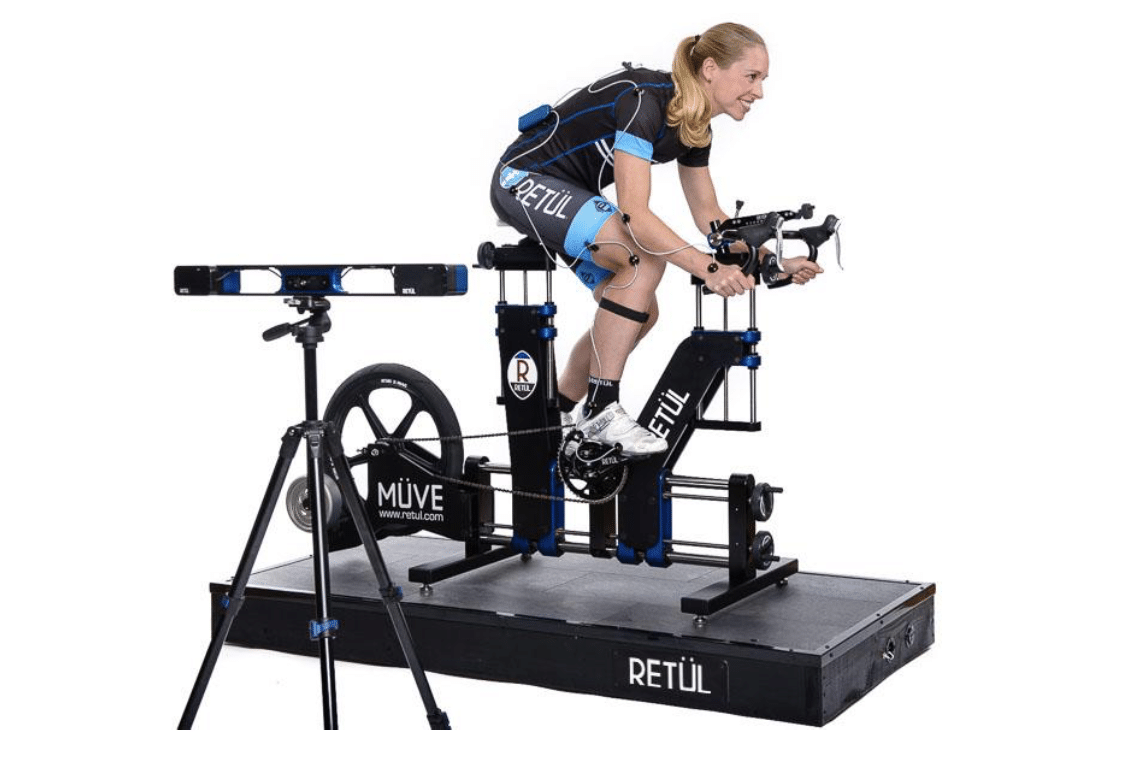
Retul
There are quite a few different branded bike fit services that you’ll be able to find from numerous major brands. One of the most well known bike fit brands is Retul, which is actually owned by the huge bike brand Specialized. This specific type of bike fit includes a 3D motion analysis, which makes use of position makers that are placed on your joints as well as cameras that are then able to map out your motion whilst you’re pedalling. This motion is then further analysed by a computer in order to identify specific aspects of your pedalling that the human eye may not even be able to notice.
Ogilvie
Another popular bike fit is Ogilvie at Bramblers, here they’ll use the Bioracer 3D motion capture system in order to better analyse your pedalling dynamics. This is one of the systems that make use of the pressure pad placed over your saddle, as mentioned earlier in this article, to just get a better overall understanding of your saddle pressure distribution when you’re riding.
idMatch
Then you can also get the idMatch system, which is owned by Stelle Italia, and during this bike fit you’ll be using a big red stationary bike with both a motorised saddle and handlebars. Whilst you’re riding on this stationary bike you’ll have cameras record your motion and then have this translated by the system into small adjustments being made in your positioning on the bike as you continue to pedal. This type of system will also have different machines present to check your clear positioning and stance. This system also has a huge database of loads of different products, which means that once the process is over the bike fitter will be able to suggest those products that will be best suited towards you.
Those are just a few of the most popular systems out there but there are still many more, which will allow analysis as well as adjustment. There are a few bike fitters out there that might even ask you to bring your own bike and actually use that, fitted onto a turbo in order to fine tune your fit.
Different fits for different types of riding
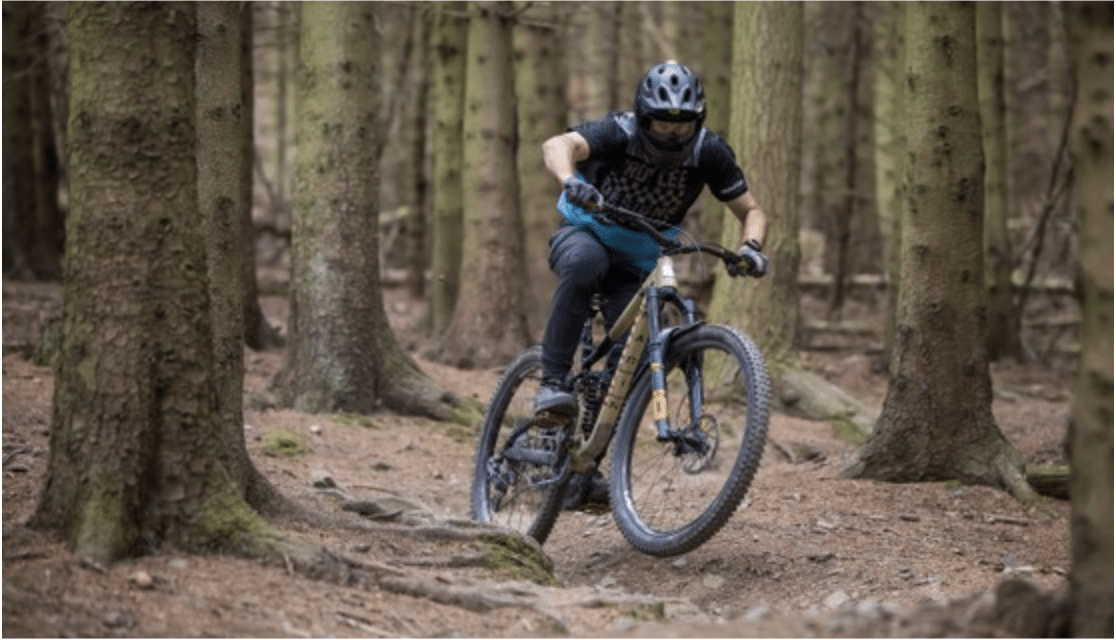
Depending on what type of riding you’ll be doing, you’ll have a different position on your bike as opposed to another style. Road bikes, specifically, are very diverse because there’s a lot of variation when it comes to the bike’s geometry within the road bike world. For example, if you are a road racer then you’ll want to have a much lower riding position as opposed to if you are an endurance cyclist.
You’ll also have triathletes and time trial riders who will have a much more extreme position than most other styles as you’ll see them sitting very far forward with their arms lower. You’ll also need to optimise the position you have for your arm rests and bar extensions as well, for these triathlon and time trial bikes.
Then you’ll have the mountain bike geometry which have to be very specific and reflect the discipline’s requirements. In these different disciplines the riders need to be able to shift their weight back and forth on their bikes as they ride and also need to be able to pedal effectively when you reach any sort of climb or ascent. Then lastly you’ll have the riders within cyclocross, who have their own specifications as well in order to allow for very fast mounting and dismounting but still keeping that similar balance needs to mountain bikers and gravel riders.
What can you expect to pay?
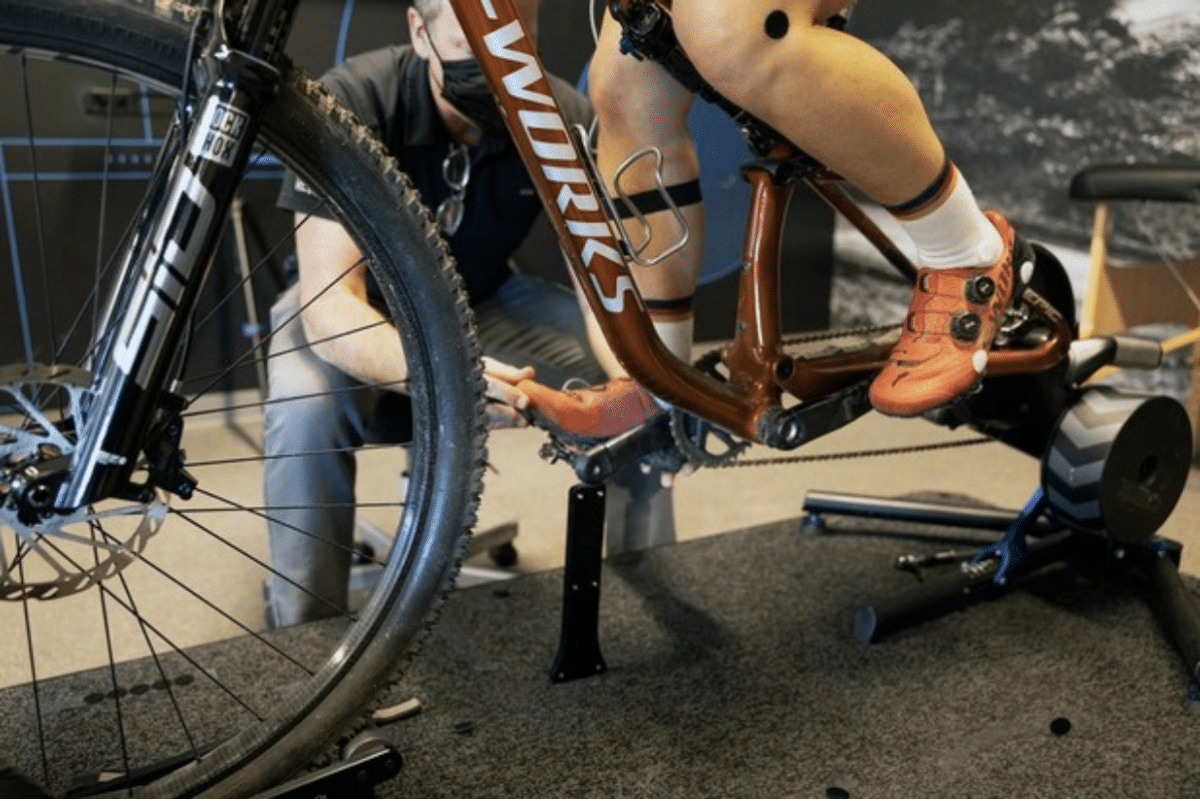
If you go and get a professional bike fit then you can expect to pay around a few hundred pounds. A lot of the fitters that you’ll be able to go to will normally have a menu of fixed price fitting options that will start from the basic, which would just be finding the right bike size for you, to the more complicated options that include sophisticated scans and motion capture, these could even include follow up advice that you will receive after a few weeks of riding with your new position and setup.
However, if you are someone that doesn’t want to pay full price for a full session and just want advice on specific aspects of your fit then there are usually hourly rates that you are able to opt for instead.
Final Words
In short, a bike fit is definitely worth all of the trouble and effort because this needs to be done in order to make sure that you are as comfortable as you can be. Not only that but it will also lower your risk of injury whilst you’re riding while putting you in a position that allows you to pedal as efficiently as you can.


